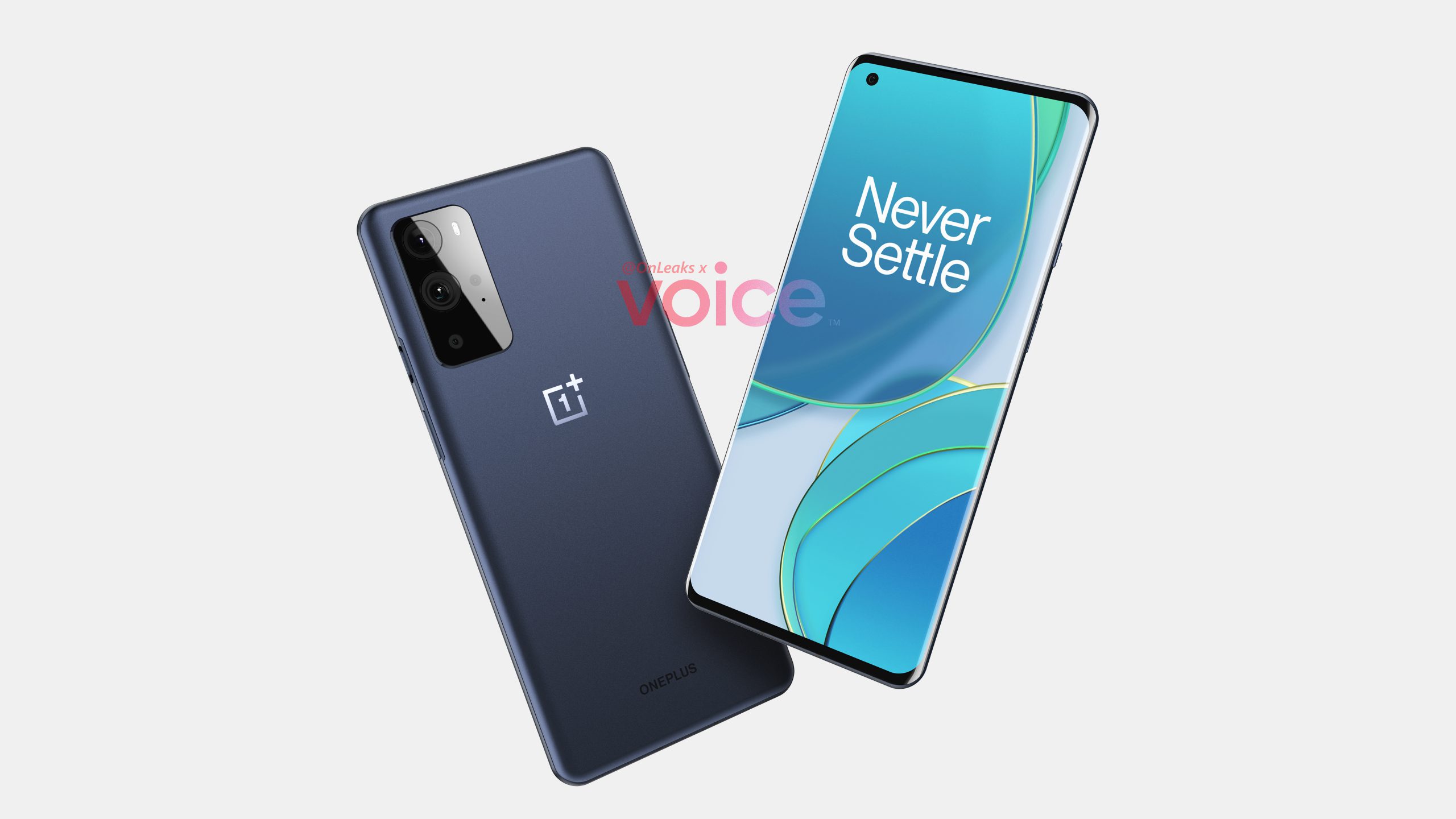The filament is required for any project involving 3D printing. Although 3D printing is a fascinating field, there are some problems, such as using the wrong materials; thus, there are a few things to consider when selecting a 3D printer filament.
One of the most important determining factors when choosing filament is size and, more especially, diameter. This must fit with the nozzle on your printer to avoid jamming problems.
The final appearance and functionality of a printed design will be primarily influenced by the filament material you use. The kind of material you choose must be compatible with your printer, much like the size.
Snapmaker brings you the best PETG filament. It has amazing qualities such as:
- Durable and heat-resistant, with great stiffness and flexibility
- Chemical-resistant, adaptable to a variety of solvents and detergents;
- Low warping;
- Simple to print with
- Wide application, suitable with the majority of 3D printers, and high dimensional precision of 1.75 mm (0.03 mm) diameter
With the help of this Snapmaker filament, your 3D printing endeavors will be more successful. For additional information, visit us at eu.snapmaker.com.
Tips on how to efficiently utilize PETG filament.
A common material used in 3D printing processes based on FDM is polyethylene terephthalate glycol-modified, or PETG 3D printer filament, which is strong, temperature-resistant, and particularly impact-resistant. Here, we’ll show you how to use PETG to print effectively and guide you through debugging common issues. PETG is probably easier to print on than materials like ABS. PETG 3D printer filament can easily create prints that are incredibly strong and excellent in quality. Let’s get going!
Best PETG filament has a great tendency to string and ooze. Additionally, molten plastic strings create unsightly webs and wisps on your prints as a result of the material’s resistance to breaking. You can decrease them by properly configuring your print settings, as was already suggested. While remaining within safe boundaries, try to increase the travel speed, retraction speed, and retraction distance.
When moving from PLA to PETG, you could find that the latter breaks fairly easily. PLA benefits from slow cooling, whereas the best PETG filament may suffer from quick cooling. If print layers begin to split or fracture, lower the fan speed. Since PETG keeps its shape at much greater temperatures than PLA does, overhangs and complicated shapes can still be made with sharp edges. Due to the slower cooling, extruded plastic will have more time to bond completely to the remainder of the sculpture.
Similar to models printed on any other FDM material, some sculptures created on PETG 3D printer filament may require support structures. However, once it has been calibrated for layer adhesion, PETG might stick too tightly to itself, making supports difficult to remove. You could want to investigate your slicing software’s more advanced features and increase the distance between the support structures and your real model.
After printing PETG for a while, you could start to notice a decline in print quality and strength. This is because PETG is easily able to collect moisture from its surroundings thanks to its hygroscopic properties. Therefore, be sure to keep your filament in a dry space when storing it. This should prevent the filament from retaining and absorbing an excessive amount of moisture. If your filament is already moist, you can use an oven that has been heated to about 60 °C to dry it off. Keep the spool in the oven for a few hours as the moisture is cooked off.
Follow these crucial recommendations for a more fascinating and wonderful experience with the best PETG filament from our store.









